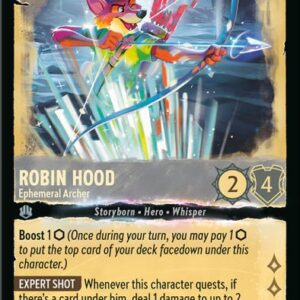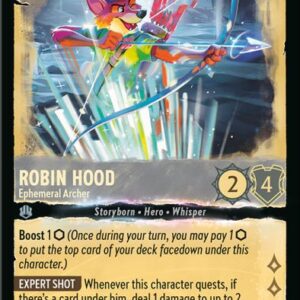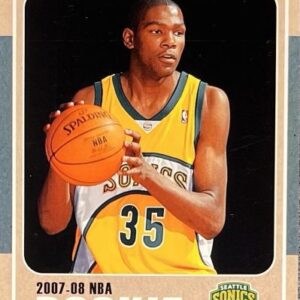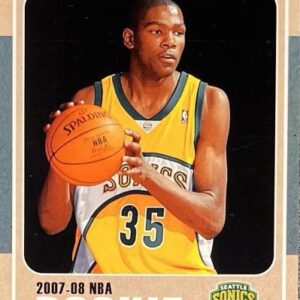In the world of sports memorabilia collecting, a thrilling discovery has emerged that sheds new light on the history of early baseball cards. Hidden away in an unexpected place—a Band-Aid box—a cache of 39 cards from the elusive 1921 Herpolsheimer set has been unearthed. What makes this find truly remarkable is the inclusion of nine cards that were previously unknown to collectors. After almost a century in obscurity, these treasures are now being unveiled in Love of the Game Auctions’ ongoing event.
The Herpolsheimer cards, which were issued in 1921, have long been regarded as some of the rarest in the baseball card collecting world. Up until now, only 105 cards from this set had been authenticated and graded across both PSA and SGC population reports. This recent discovery not only expands the known quantity of these cards but also introduces new faces into the mix.
Al Crisafulli, the auction director at Love of the Game, can barely contain his excitement. “I’ve been captivated by these for years,” he shared—an emotion shared by serious collectors who understand the rarity and historical value of the Herpolsheimer issue.
The story behind this find is as intriguing as the cards themselves. In 2019, during an estate sale near Grand Rapids, Michigan, the cards were stumbled upon inside a Band-Aid box. A seemingly ordinary container turned out to hold a small fortune in paper treasures. After four years of maintaining contact with the card owner, Crisafulli finally secured these gems for auction. Each card has since been graded by PSA and will be auctioned off individually.
One of the highlights of this remarkable collection is a card featuring none other than Babe Ruth, making it only the second one of its kind known to exist. Given the scarcity and legendary status of the Great Bambino, this card alone is expected to fetch a hefty price at auction. Other Hall of Famers, including Tris Speaker, Grover Cleveland Alexander, Rabbit Maranville, John McGraw, Red Faber, and Sam Rice, are also part of this newfound collection, further enhancing its significance.
The reverse side of these cards is just as fascinating as the front, as they advertise the Grand Rapids retail store’s Boy’s Fashion Shop. The inclusion of additional cards not listed in the original checklist, such as Dave Bancroft, Johnny Evers, Harry Hooper, Stuffy McInnis, Art Nehf, Wally Schang, George Sisler, Casey Stengel, and Fred Toney, suggests that the set may be larger than previously believed. It is now speculated that the complete set could comprise 78 or 79 cards, rather than the originally estimated 69 or 70.
Crisafulli first became aware of these cards in 2019 when the owner discreetly inquired about them on the Net54 sports card forum. This post sparked the curiosity of forum members and Crisafulli himself, leading to an ongoing conversation that eventually resulted in the cards being consigned for auction.
The backstory of the Herpolsheimer Company is as rich and diverse as the cards themselves. Established as a dry goods store in 1870 by William Godlove Herpolsheimer and Charles G.A. Voigt, it went on to become a significant presence in Grand Rapids and beyond. The company was later led by Henry Herpolsheimer, followed by his son Arthur, who oversaw its expansion into furniture sales through a merger. Tragically, Arthur’s life was cut short, casting a somber shadow over the family’s history.
The store’s legacy also intersected with national history when Betty Bloomer, who would later become First Lady as the wife of President Gerald R. Ford, worked there as a fashion coordinator in 1942.
The discovery of this second batch of Herpolsheimer cards reshapes the narrative surrounding their distribution and significance, indicating a wider release than previously thought. It paints a picture of a department store that cleverly used the allure of baseball’s most celebrated personalities to appeal to its clientele.
The Band-Aid box in which these cards were found—a metal relic from the 1930s—is a poignant reminder of the journey these cards have taken. From being a promotional tool in a local store to becoming coveted historical artifacts in the world of collectibles.
As the auction date approaches, these cards are poised to captivate the collecting community, offering a rare glimpse into the early days of baseball card collecting. Each card, marked with faint pencil lines and signs of wear from years of handling, tells a unique story—a story that collectors will soon have the opportunity to continue as they become the new custodians of these pieces of baseball history.





